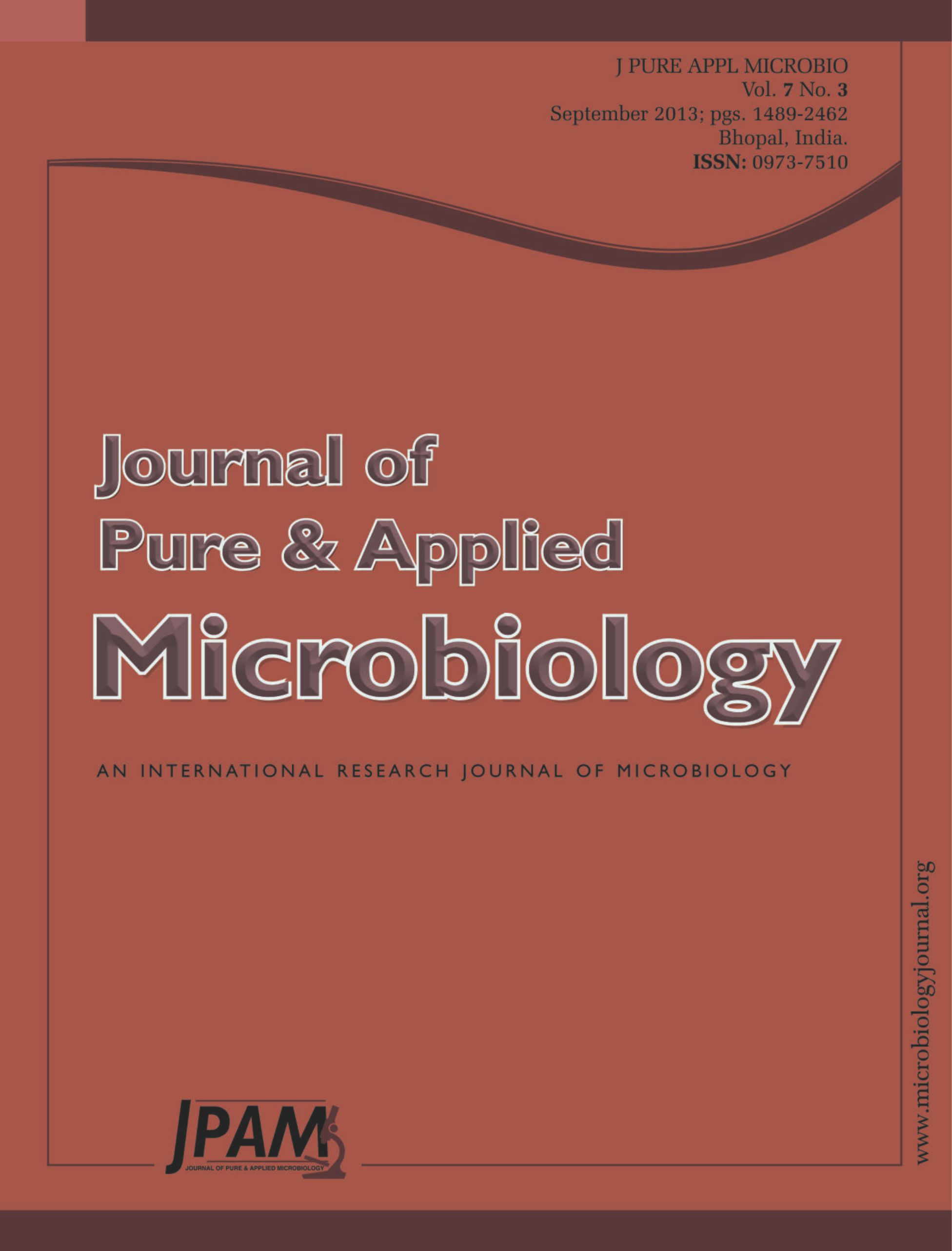The present study investigated the physiological and genetical effects of Gram negative bacteria (G–) Escherichia coli and entomopathogenic Gram positive bacteria (G+) bacteria Bacillus thuringeinsis on the mulberry silkworm Bombyx mori (Lepidoptera: Bombycidae) were studied. The author used bioassays and molecular markers linked to 5th instar larvae to bacterial injection to analyze the response of Bombyx mori. Also, the effect of both bacteria on the total and differential haemocytes count of the 5th instar larvae of B. mori was evaluated. Results revealed that injection with E. coli increased the total haemocytes counts (THCs) about 59.09% up to control at 24 h post-infection. In this respect, B. thuringeinsis decreased the THCs by about 45.9, 58.39 and 69.4 % , respectively less than control after 48 hrs post-infection at concentrations of 50, 100, 150 µg/ml. Injection with E.coli increased the number of Pr, Pl and Gr and Oe. On contrast, injection with B. thuringeinsis significantly decreased the number of Pr, Pl and Gr and Oe. The mutagenic effect of the bacterial injection produced and/or affected several proteins that enable it to kill or causing larval deformation through the alteration on the physiological and genetic processes.
Bombyx mori, Haemocytes, Corpora allata, DNA structure, Escherichia coli, Bacillus thuringeinsis
© The Author(s) 2014. Open Access. This article is distributed under the terms of the Creative Commons Attribution 4.0 International License which permits unrestricted use, sharing, distribution, and reproduction in any medium, provided you give appropriate credit to the original author(s) and the source, provide a link to the Creative Commons license, and indicate if changes were made.


